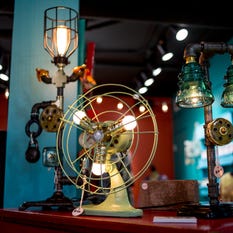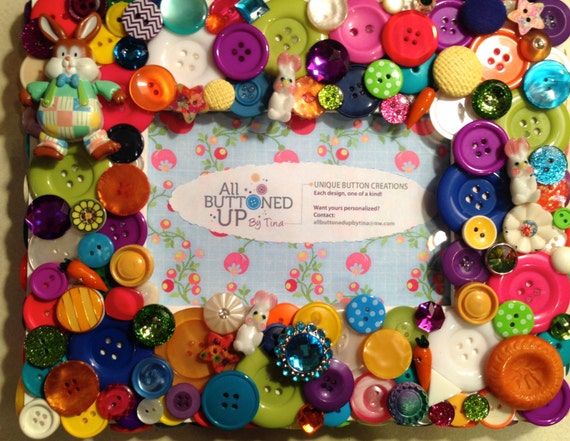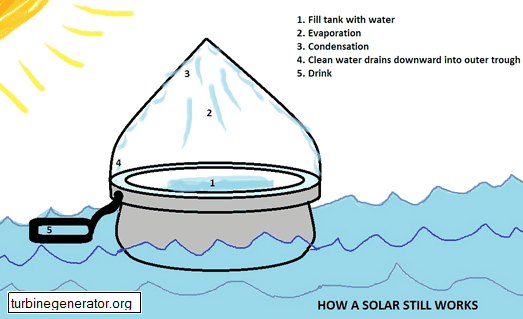
When I think of stadiums, I picture mounds of trash,
staggering energy use, and polluting construction efforts. That’s why I was
happily surprised to learn that the construction of U.S. Bank Stadium, finished
this year in Minneapolis, was highly motivated by sustainability concerns. The
demolition of the previous stadium, as well as the construction of the new one,
reflected the beliefs of Minnesotans regarding sustainability. Some highlights
of the construction project are highlighted below.
- 90% of the materials from the demolishing of the previous stadium have been diverted from landfills and into recycling and composting.2. The heating system, important in the cold state of Minnesota, used innovative design to reduce its energy consumption.
- A three layer thermal system improves insulation and maintenance of temperature
- The structure of the stadium used strong and light weight material to reduce the tons of steel needed for construction.
- A focus on natural light reduces the need for overhead lighting
- LED lighting was used, which is more energy efficient than traditional lighting
- Toilets and sinks are low flow to conserve water usage

LED Lighting
Saves Energy for the Stadium
The example set by U.S. Bank
Stadium shows that large scale projects can be equally or more focused on
sustainability than small scale projects. Sustainability is not only something
for grass roots activists and social entrepreneurs. The concept can be
successfully integrated into billion dollar projects such as the U.S. Bank. When
such large projects focus on sustainability, the net benefits to the
environment can be very significant when compared to traditional building
practices.
/cdn0.vox-cdn.com/uploads/chorus_asset/file/4447881/Vikings_bowl.0.jpg)




